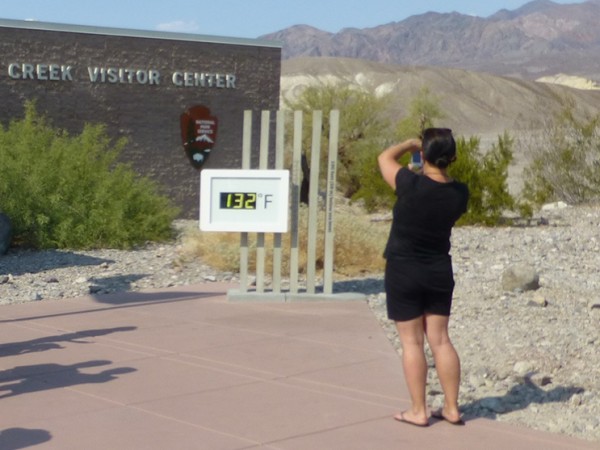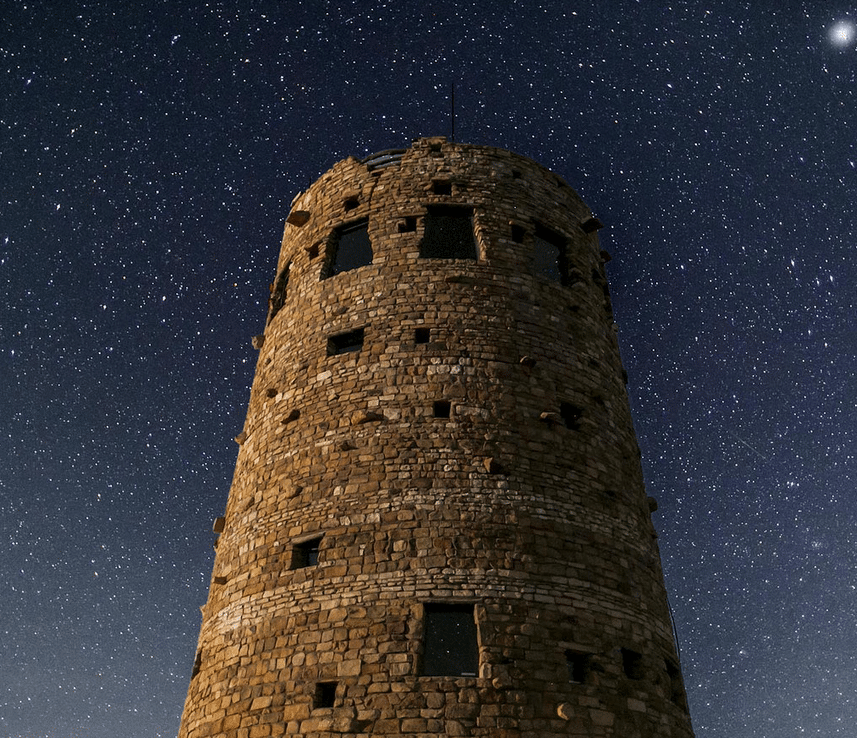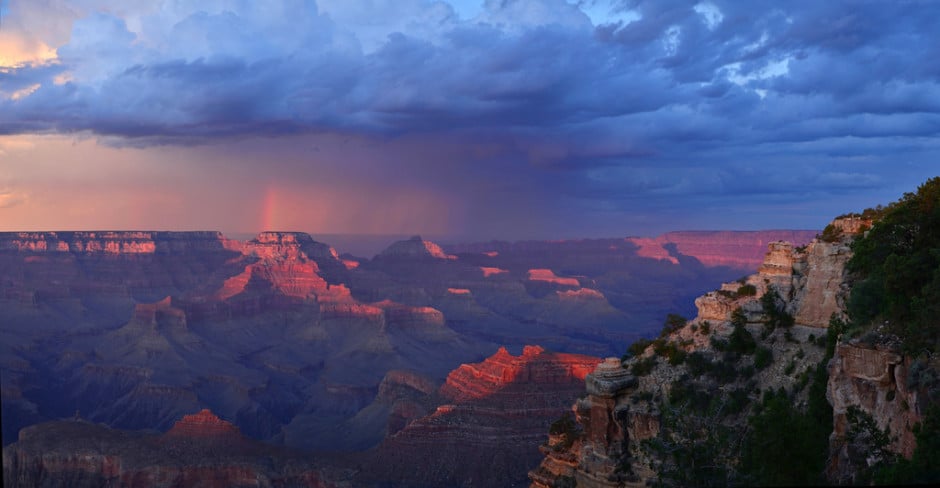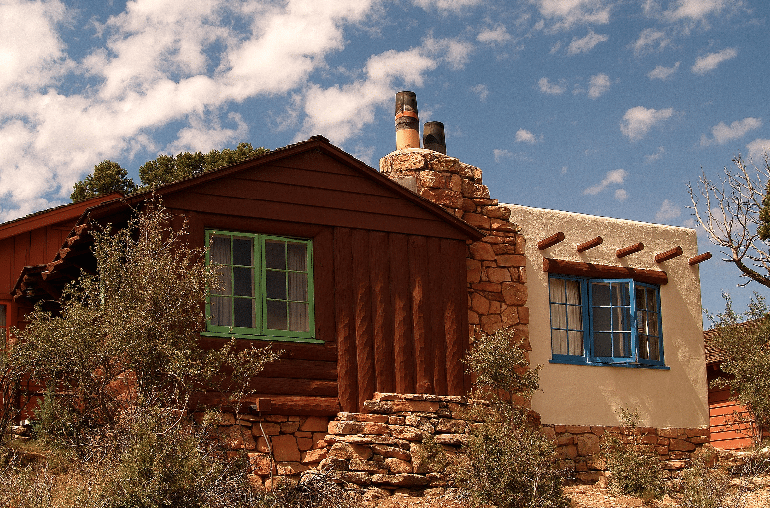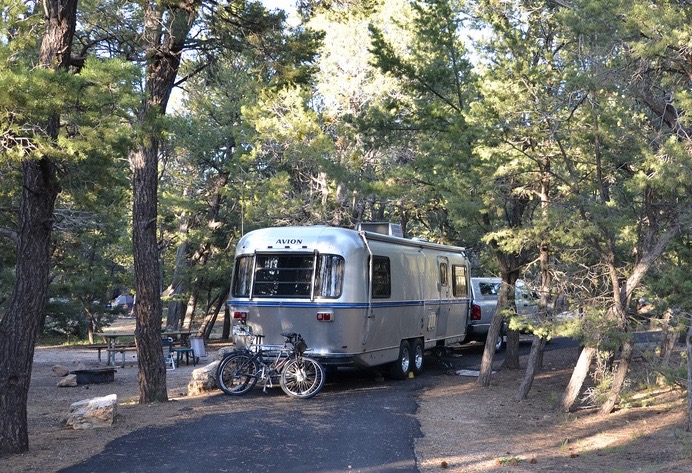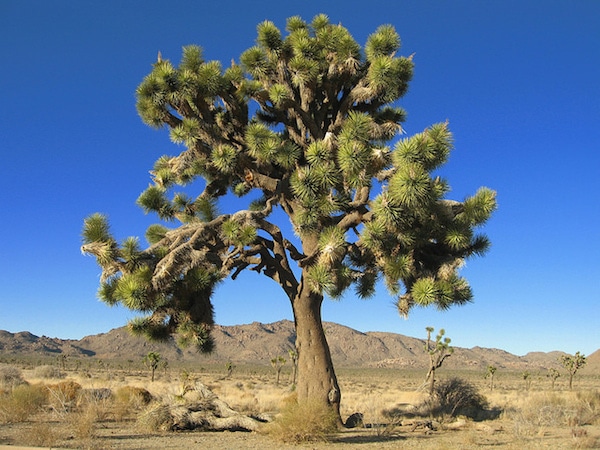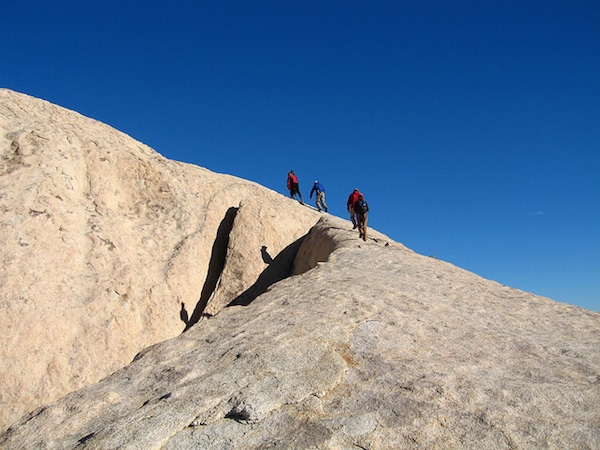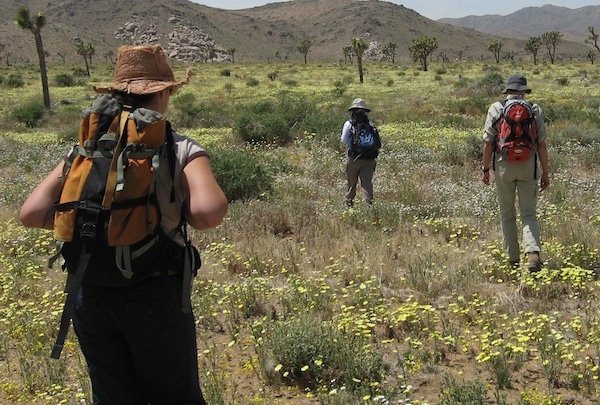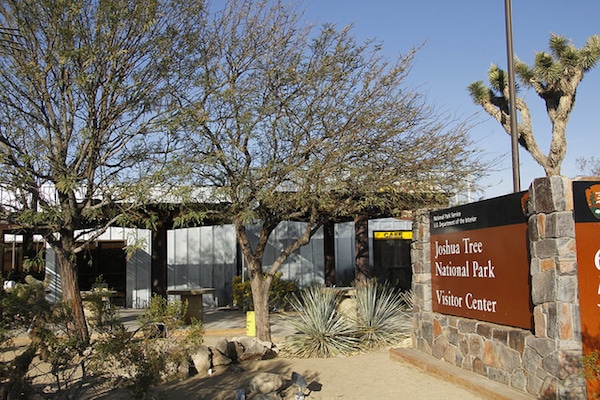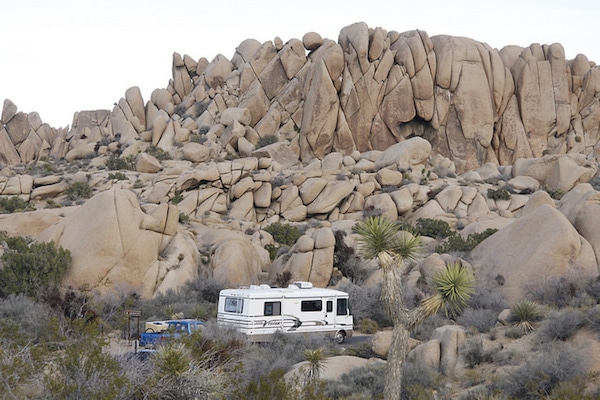Warning: I’m about to make a case for visiting Death Valley in the summer. But it’s clearly not for everyone. Extreme heat poses serious challenges. It requires constant hydration and maintining elecrolyte levels—i.e., drinking a lot of fluids and eating salty snacks. Ideally, one should only venture outdoors early in the morning and late in the day. Don’t drive or hike into the backcountry. Stay close to your car and to paved roads. If you’re not particularly curious about experiencing temperatures north of 120, I won’t blame you for moving on. There’s plenty more to read on this-here blog. But if you’re wondering why on earth the summer months in Death Valley draw many more visitors than the seemingly sane fall and winter months, read on.
Find Out How Hot HOT Is
I love weather: storm cells, huge snow dumps, massively wet tropical downpours. I’m a native of the Mojave Desert, but I’d never been hotter than a tepid 113 or so. I wanted to know what hot really felt like. So I did what curious writers have been doing for more than a century: I got National Geographic to pay my way on an apparently bizarre adventure. On assignment for National Geographic Adventure magazine, I took on Death Valley in August, and I hit pay dirt: It was really hot. It hit 126 the day I hiked across the salt pan at Badwater, at which time I knew that I had to be the hottest fool on the face of the earth.
So what does 126 feel like? Something like a hot blow dryer aimed at your face. Or like when you open the oven to baste a turkey and get that initial searing blast that makes your eyes squint. Only in Death Valley, the sensation lasts. But I just kept hydrated by drawing constantly on my Camelbak lifeline, walked slowly, never ventured too far from the car, and I mean this: I really enjoyed the experience.
